Health
Bugs In Your Home? Exterminators Say These 5 Pantry Staples Will Pest-Proof Any Space
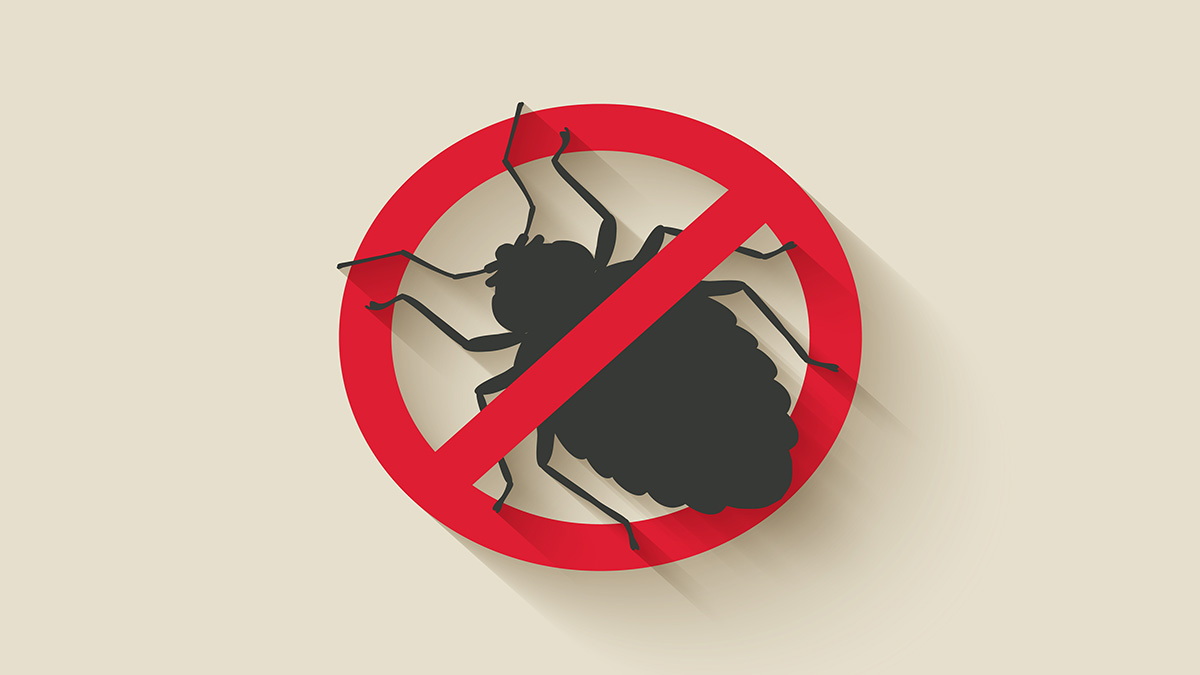
Spring brings warm weather, longer days, and bugs — and the latter don’t always stay outdoors. For many insects, an open window or door is an invitation to your home. When left unaddressed, this could lead to infestation. Ick!
The good news is that keeping your home bug-free is easier than you think. According to pest experts, household ingredients such as white vinegar and borax can effectively drive pests out for good. Better still, they cost far less than an exterminator, and they’re safer than chemical-filled insect killers. Ready to rid your space of spiders, stink bugs, and ants? Here’s how to keep bugs out of your house all season long.
To Banish Centipedes: White Vinegar
Keeping leggy critters out of the house is simple: Centipedes are attracted to dark, wet places like your shower drain. Once a week, simply pour one cup of white vinegar down the drain — both the smell and the acidic quality of the vinegar will repel them. Bonus: The vinegar will also help keep your drains clear.
To Send Spiders Packing: Peppermint Oil
A great way to deter Charlotte from spinning her web in your home? Peppermint oil. Spiders “taste” the world around them via sensors in their feet, and they don’t like the taste of this pungent herb. To do: Simply sprinkle 15 to 20 drops of peppermint essential oil in a spray bottle filled with water and spritz the anti-spider cocktail around your house about once a week to ensure all eightlegged creatures take up lodging elsewhere.
To Stop Stink Bugs: Garlic Spritz
It’s easy to fight stink bugs with stink, says Henry Bravo, founder of SmartGardenHome. com. Just mash up a few garlic cloves and place them in a spray bottle filled with 16 ounces of water. Spray the mixture around the outside of windows and doorways. Stink bugs hate the acids in garlic and will stay away.
To Rid Your House of Ants: Borax
One of the best weapons against ants: borax. “It disrupts their digestive systems, eventually killing them,” entomologist Bob Gilbert says. “Because borax doesn’t kill them on contact, ants take some of it back to the nest, eliminating the colony.” Just fill a jar with a one to one mix of borax and sugar, cover with a multi-hole pierced lid and place on a shelf where ants can get to it.
To Fend off Fruit Flies Fast: Apple Cider Vinegar
If your fruit is drawing flies, pest pro Zachary Smith recommends pouring ¼ cup of apple cider vinegar and a few drops of dish soap into a cup, microwaving for 20 seconds, and then placing it on your counter, “The apple cider vinegar will attract the flies, while the soap will break the surface tension of the liquid, causing them to sink and drown,” he explains.
A version of this article originally appeared in our print magazine, Woman’s World.

Health
What You Should Know About the Military Diet: Experts Weigh In | Woman's World

Sign Up
Create a free account to access exclusive content, play games, solve puzzles, test your pop-culture knowledge and receive special offers.
Already have an account? Login
Forgot your password?
Get back to the Sign In
Use left and right arrow keys to navigate between menu items.
Use escape to exit the menu.
Health
Could your car make you sick? Study highlights potentially cancerous toxins in vehicles
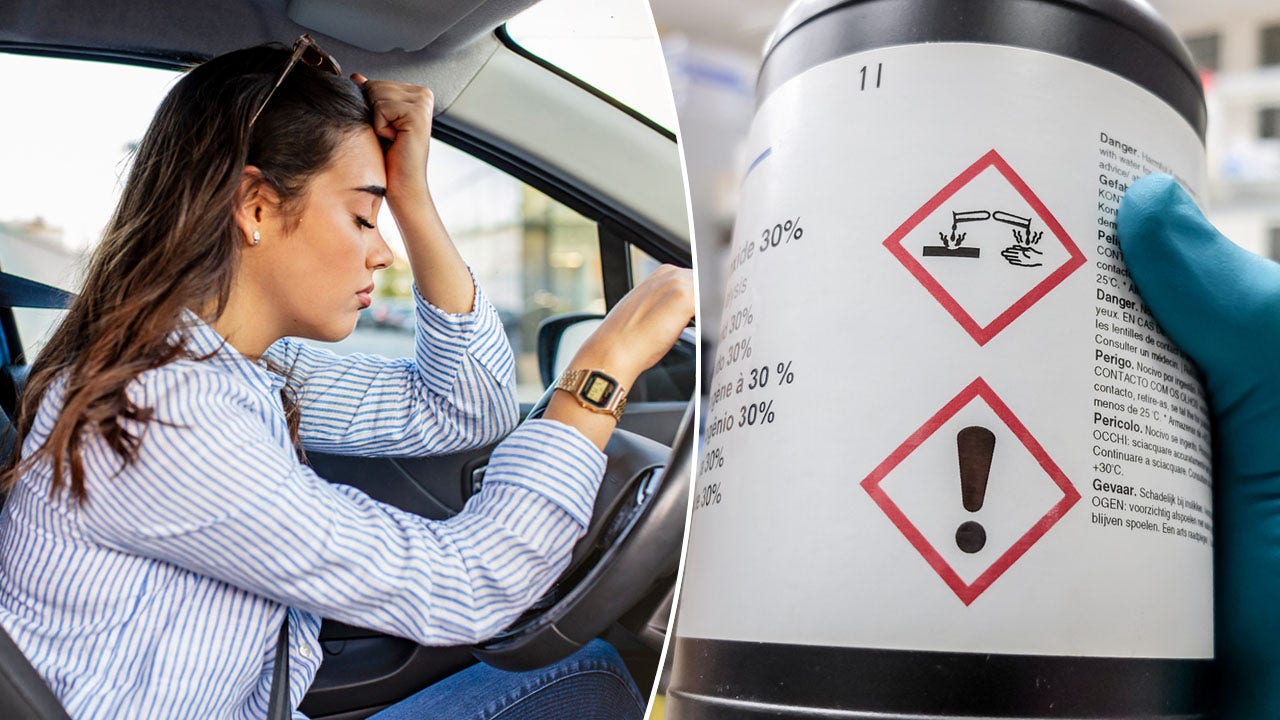
Americans may be breathing in cancer-causing chemicals while driving, recent research suggests.
A study published in the journal Environmental Science & Technology has sparked discussions about the potentially harmful toxins that could be lurking in the cabins of vehicles.
“Certainly the indoor air quality can cause health symptoms,” Dr. Ken Speath, M.D., the division chief and medical director for occupational and environmental medicine at Northwell Health on Long Island, New York, told Fox News Digital.
‘FOREVER CHEMICALS’ FOUND IN US DRINKING WATER, MAP SHOWS ‘HOT SPOTS’ OF HIGHEST LEVELS
It is important to be mindful of what you’re breathing in at home, at the office, at school and even in cars, according to Speath, who was not involved in the study.
“There can be situations where levels of harmful chemicals get high enough to potentially cause health harms,” he said.
Americans may be breathing in cancer-causing chemicals while they are driving, recent research suggests. A study published in the journal Environmental Science & Technology has sparked many discussions. (iStock)
“A car is a closed small space — so whatever is in the air is certainly going to be breathed in.”
Research reveals ‘harmful chemicals’
The peer-reviewed study looked at 101 owned vehicles in the U.S., model year 2015 or newer.
The researchers concluded that harmful flame-retardant chemicals — including those suspected of potentially causing cancer and some neurological issues — may be polluting the air inside vehicles.
DRIVING DANGERS: 9 TOP DISTRACTIONS THAT CONTRIBUTE TO ACCIDENTS, ACCORDING TO EXPERTS
“Flame retardant chemicals, which are intentionally added to vehicle interiors to meet flammability standards, are released into the cabin air from the materials to which they were applied,” lead author Rebecca Hoehn, a scientist at Duke University, told Fox News Digital.
“People in these vehicles may be exposed to these chemicals.”
Seat foam was the only material the researchers measured, Hoehn said, but other interior materials could also contain the chemicals.

The researchers concluded that harmful flame-retardant chemicals — including those suspected of potentially causing cancer and some neurological issues — may be polluting the air inside vehicles. (iStock)
“Considering the average driver spends about an hour in the car every day, this is a significant public health issue,” Hoehn warned.
“It’s particularly concerning for drivers with longer commutes, as well as child passengers, who breathe more air pound for pound than adults.”
The chemicals detected in the car cabins included a flame retardant called tris (1-chloro-isopropyl) phosphate (TCIPP), which is currently being investigated as a potential carcinogen by the U.S. National Toxicology Program.
“Considering the average driver spends about an hour in the car every day, this is a significant public health issue.”
Other flame retardants — tris (1, 3-dichloro-2-propyl) phosphate (TDCIPP) and tris (2-chloroethyl) phosphate (TCEP) — were also detected.
These are “two Californian Proposition 65 carcinogens linked to neurological and reproductive harms,” according to a press release.
Higher concentrations of the flame retardants were found during warmer weather.
“We found that the same cars, sampled in both winter and summer, had higher concentrations of flame retardants in the cabin air during the warm summer months,” Hoehn told Fox News Digital.

Flame retardants are added to vehicles to meet the National Highway Traffic Safety Administration Federal Motor Vehicle Safety Standard, which mandated their use in the 1970s. (iStock)
Flame retardants are added to vehicles to meet the National Highway Traffic Safety Administration Federal Motor Vehicle Safety Standard (FMVSS 302), which mandated their use in the 1970s, the release stated.
Flame retardants have been the “focus of concern for some time,” Speath told Fox News Digital.
More information is needed to determine the health risks these chemicals pose in humans, he said.
THESE MEDICATIONS COULD MAKE DRIVING DANGEROUS, THE FDA WARNS
“A number of these have been demonstrated in studies to have health harms in animals,” he said.
“That doesn’t necessarily mean that would be true for humans, but it raises that possibility, so we need to study these chemicals more in relation to their effects on humans.”

Higher concentrations of the flame retardants were found during warmer weather, the researchers said. (iStock)
Emanuela Taioli, M.D., PhD, the director of the Institute for Translational Epidemiology at Icahn School of Medicine at Mount Sinai in New York City, was also not part of the study, but shared her reactions.
“This is a very relevant finding, since it may prompt changes in cars’ upholstery, as well as in other parts of the car where there is foam,” she told Fox News Digital via email.
“We also want to know more about this finding and monitor whether it is replicated by other investigators.”
Other sources of toxins
Stephen Showalter, a home inspector and indoor environmental air consultant with Showalter Property Consultants in Maryland, said he typically interviews clients about their history of illness, then tests for potential sources of sickness in buildings, cars, RVs and boats.
Mold is a common culprit when it comes to health issues triggered by one’s environment, he said in an interview with Fox News Digital.
TOXIC CHEMICAL POISONING: HAVE YOU BEEN AFFECTED? HOW TO KNOW
Dr. Daniel Johns, a member of the International Society of Environmentally Acquired Illnesses and a chiropractor who practices in Annapolis, Maryland, echoed Showalter’s concerns about mold-related health issues.
Johns also cautioned that cars can be a daily source of mold exposure.
“Any water that leaks from a window, sunroof or convertible can get into the carpet and cause mold growth,” he said during an interview with Fox News Digital.
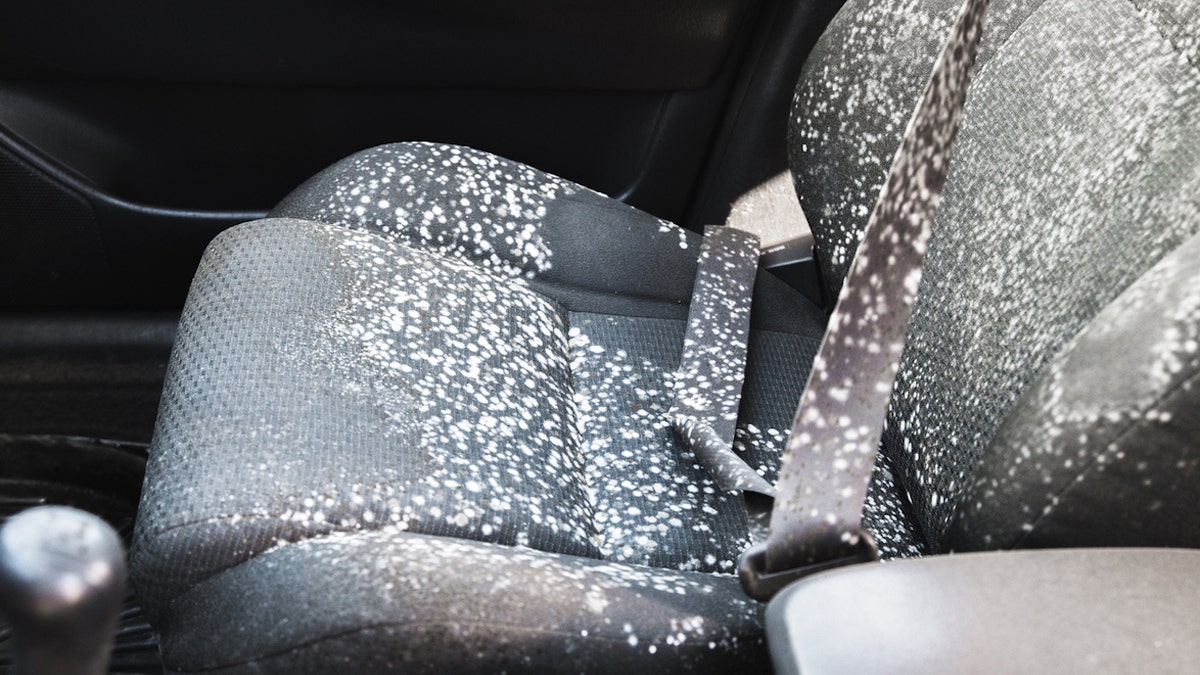
Mold is a common culprit when it comes to health issues triggered by one’s environment, according to an environmental expert. (iStock)
“Mold can start growing on a wet surface within 24 to 48 hours.”
For families with small children, spilled sippy cups could play a role when it comes to mold in cars, Johns warned.
“The water seeps into the upholstery and doesn’t get noticed or properly dried out, and the whole seat can become moldy,” he said.
“Mold can start growing on a wet surface within 24 to 48 hours.”
“Every time you sit on the seat, it releases a mold spore cloud into the car. Once that happens, you can’t clean it away. The upholstery must be removed and replaced.”
The impact of these potentially harmful pollutants can vary from one person to the next, experts told Fox News Digital.

For families with small children, spilled sippy cups could play a role when it comes to mold in cars, an expert warned. (Kids and Car Safety)
People metabolize chemicals and toxins in different ways, according to Taioli.
“Metabolism happens through enzymes that the body produces,” he said.
“Each of us has a different genetic profile that defines our metabolic capacity. As a consequence, the same amount of toxin may be metabolized better/faster by some, and worse/slower by others.”
Tips for ensuring safe interiors
While further research on car-borne chemicals is needed, experts say people can take measures to limit exposure.
“People may be able to reduce their exposure by ventilating their cars,” Hoehn advised.
“For example, rolling down the windows to let out contaminated air, or pulling in fresh air with climate control systems, should reduce concentrations.
“Ultimately, reducing the amount of flame retardants added to vehicles in the first place would provide the greatest reduction in exposure risk.”
Controlling your vehicle’s cabin temperature may also reduce exposure, she added.
“Parking in a garage or shade instead of full sun may reduce the cabin temperature and limit the extent of flame retardant release,” Hoehn said.
The researchers also called for action from regulatory agencies and vehicle manufacturers.
CLICK HERE TO SIGN UP FOR OUR HEALTH NEWSLETTER
“Ultimately, reducing the amount of flame retardants added to vehicles in the first place would provide the greatest reduction in exposure risk,” Hoehn noted.
“If flammability standards for vehicles could be revised to meet fire safety guidelines without the use of added flame retardants, risk of flame retardant exposure from personal vehicles could be greatly reduced.”
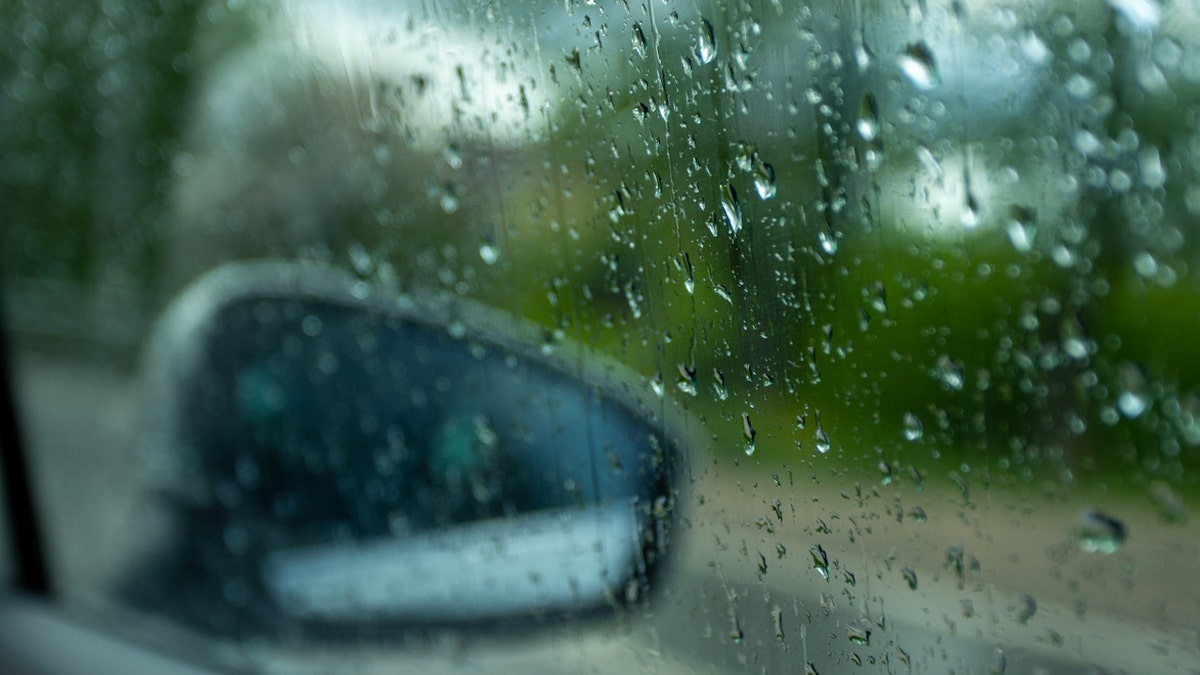
To prevent mold in a vehicle, experts recommend keeping your windows up when it rains or snows to prevent water from permeating the carpet or fabric. (iStock)
Having your car’s air quality and surfaces tested is one way to reduce the risk of exposure to allergens, toxins and chemicals, experts told Fox News Digital.
To prevent mold in a vehicle, Showalter recommends keeping your windows up when it rains or snows to prevent water from permeating the carpet or fabric.
He also cautioned about leaky air conditioners, which can foster mold growth in vehicles, and about leaving wet items in the car.
Lastly, before buying a used car, he said it is important to check the vehicle’s history to make sure it doesn’t have flood damage, which can lead to mold and other issues.
If you think you are experiencing illness due to chemical exposure in your car, home or office, it’s best to see a health care professional to discuss your symptoms.
Fox News Digital reached out to several major car companies for comment.
For more Health articles, visit www.foxnews.com/health.
Health
fatty15 has the essential nutrient to ease stress and well-being
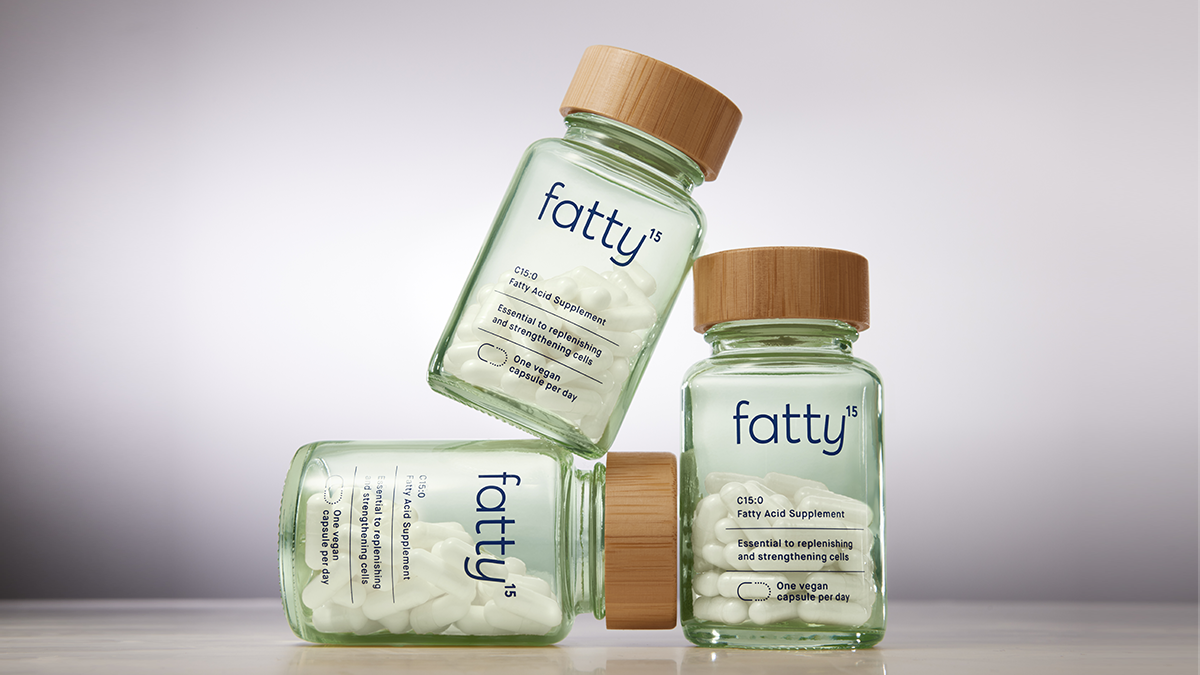
Sign Up
Create a free account to access exclusive content, play games, solve puzzles, test your pop-culture knowledge and receive special offers.
Already have an account? Login
Forgot your password?
Get back to the Sign In
Use left and right arrow keys to navigate between menu items.
Use escape to exit the menu.
-

 Politics1 week ago
Politics1 week agoRFK Jr said a worm ate part of his brain and died in his head
-

 Education1 week ago
Education1 week agoVideo: Police Use Pepper Spray on Protesters on G.W.U.’s Campus
-

 Politics1 week ago
Politics1 week agoOhio AG defends letter warning 'woke' masked anti-Israel protesters they face prison time: 'We have a society'
-

 Politics1 week ago
Politics1 week agoBiden’s decision to pull Israel weapons shipment kept quiet until after Holocaust remembrance address: report
-

 World1 week ago
World1 week agoA look at Chinese investment within Hungary
-

 News1 week ago
News1 week agoThe Major Supreme Court Cases of 2024
-

 World6 days ago
World6 days agoIndia Lok Sabha election 2024 Phase 4: Who votes and what’s at stake?
-

 News1 week ago
News1 week agoTornadoes tear through the southeastern U.S. as storms leave 3 dead
















